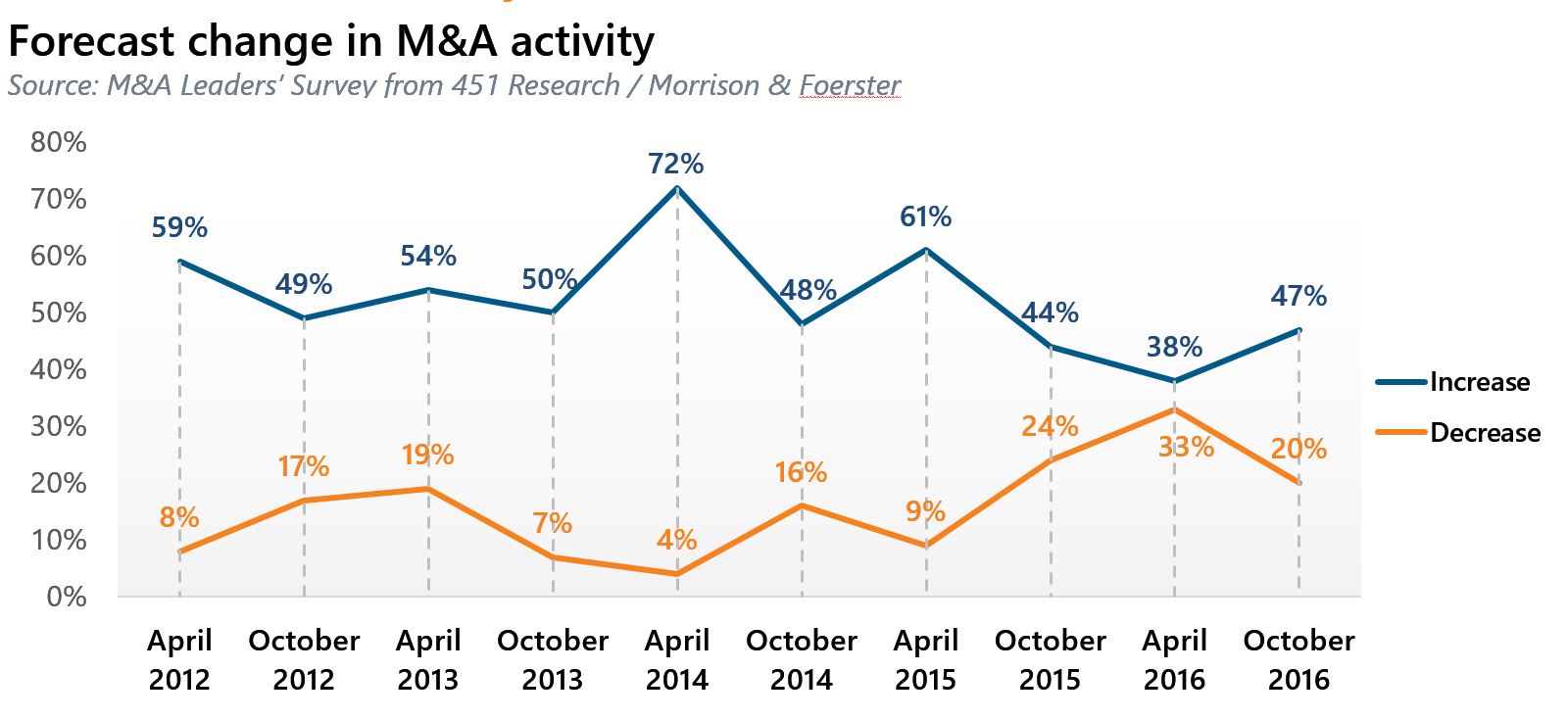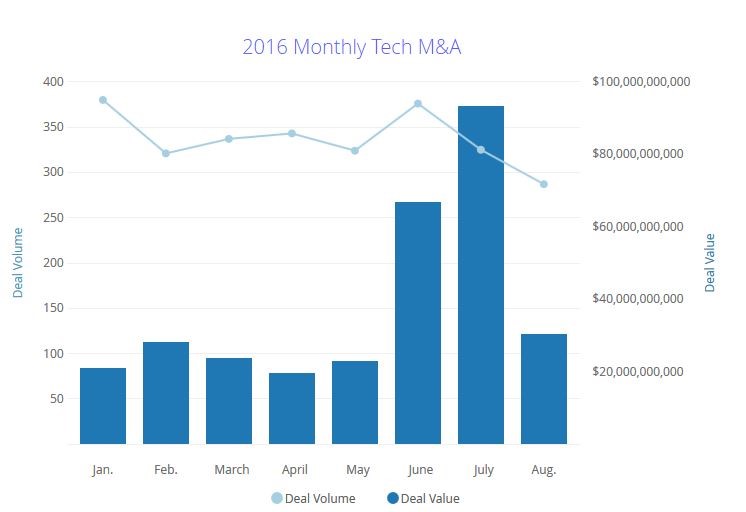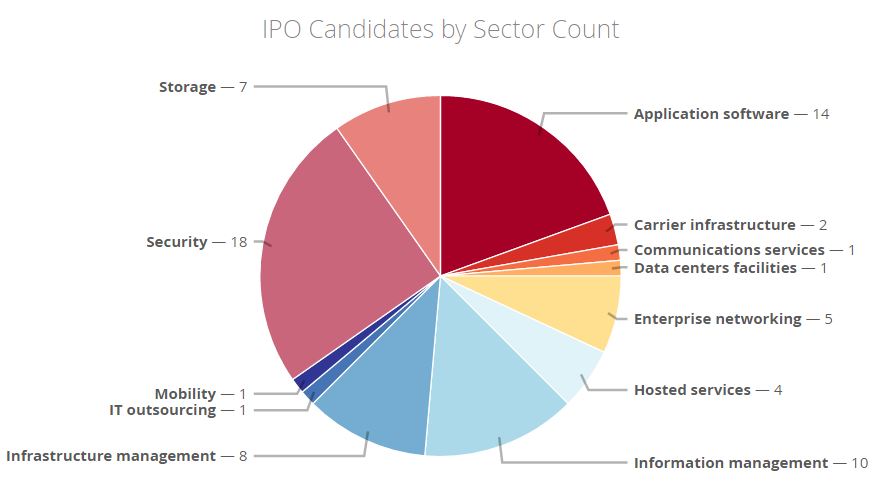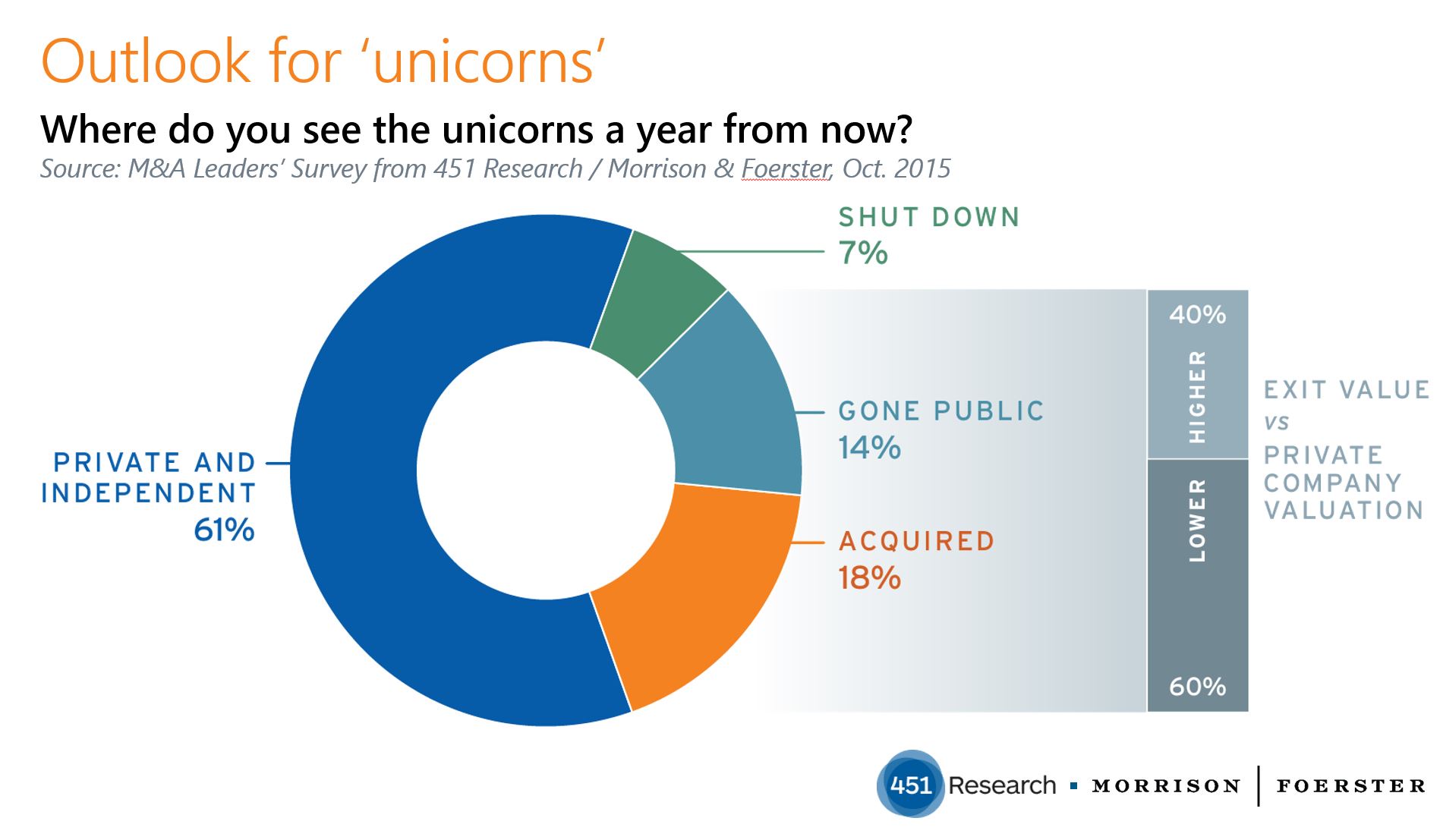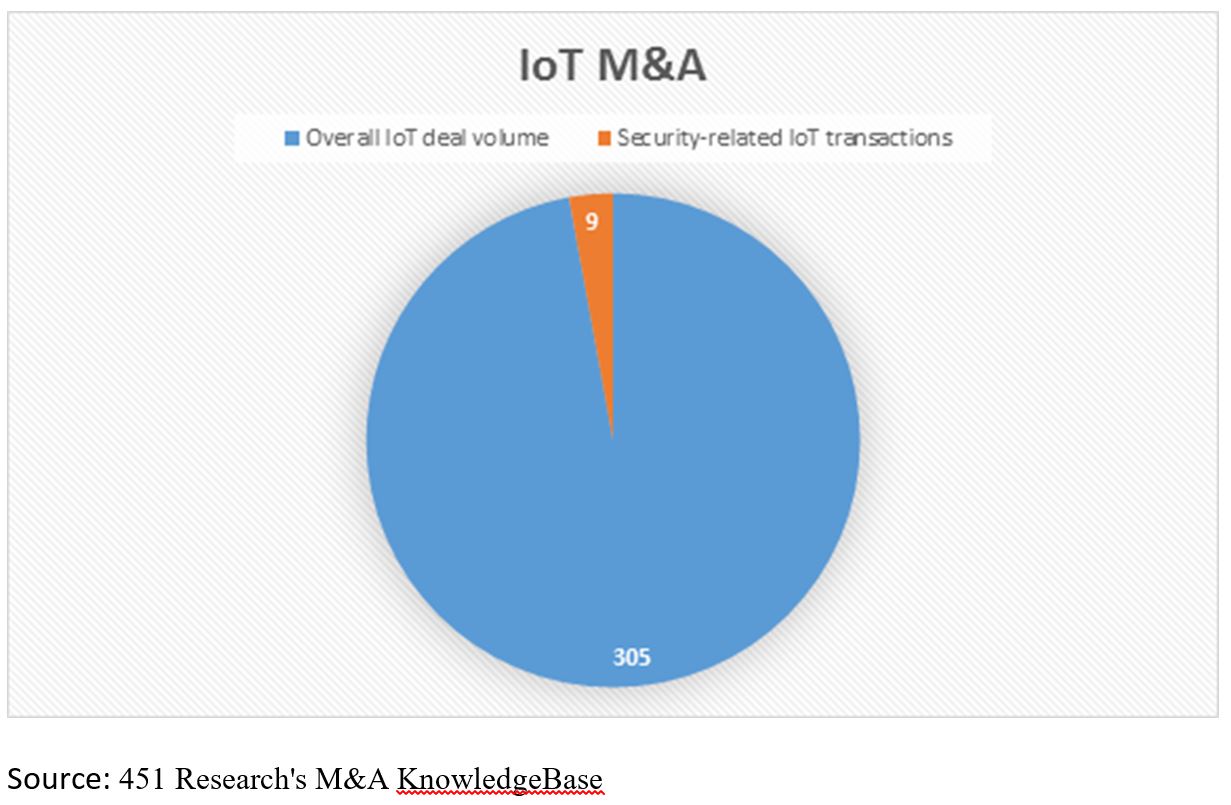Contact: Brenon Daly
After two straight forecasts of substantial deterioration in the tech M&A market, the outlook for activity has picked back up, according to the latest edition of the semiannual M&A Leaders’ Survey from 451 Research and Morrison & Foerster. Nearly half of the respondents (47%) indicated they would be increasing their activity in 2017 compared to 2016. On the other hand, 20% of respondents said they would be slowing down on acquisitions next year, with the remaining one-third (33%) forecasting no change in their rate.
Broadly, the latest top-level results of the M&A Leaders’ Survey represent a more ‘normalized’ forecast for activity, following the most bearish outlook we’ve ever recorded. In our previous survey last April, the number of respondents forecasting an uptick in acquisition activity only slightly exceeded the number indicating they would be cutting back on their shopping. For comparison, in the just-completed survey, more than twice as many respondents said they would be accelerating acquisition activity than said they would be slowing down.
The shift in sentiment comes as tech M&A spending accelerated dramatically through the summer, with the value of transactions announced in Q3 hitting the third-highest quarterly level since the end of the recent recession, according to 451 Research’s M&A KnowledgeBase.
Now in its tenth edition, the M&A Leaders’ Survey from 451 Research and Morrison & Foerster drew responses from 150 senior M&A professional on a variety of topics, including forecasts for types and structure of transactions, as well as the impact of recent events on their deal-making plans. Some of the highlights:
- Private equity buyers are expected to play an increasingly significant role in the market. Nearly half of survey respondents (45%) forecast buyout shops would spend more in 2017 than they have in 2016, compared to just one-quarter (28%) who forecast lower spending.
- Respondents indicated the White House clash between Donald Trump and Hillary Clinton is slowing deal flow far more than any disruption caused by the UK effectively severing economic and political ties with the European Union, following June’s Brexit vote.
- Concerns about potential liability due to cybersecurity (think Verizon-Yahoo) are making buyers take a much closer look at the companies they plan to acquire.
- Buoyed by a handful of strong recent tech offerings, the IPO market is expected to accelerate even more next year, according to a majority of survey respondents.
Respondents to the M&A Leaders’ Survey will get aggregate results, as well as selected comments and insight, emailed to them tomorrow. 451 Research subscribers should look for a full report on the survey later this week.

